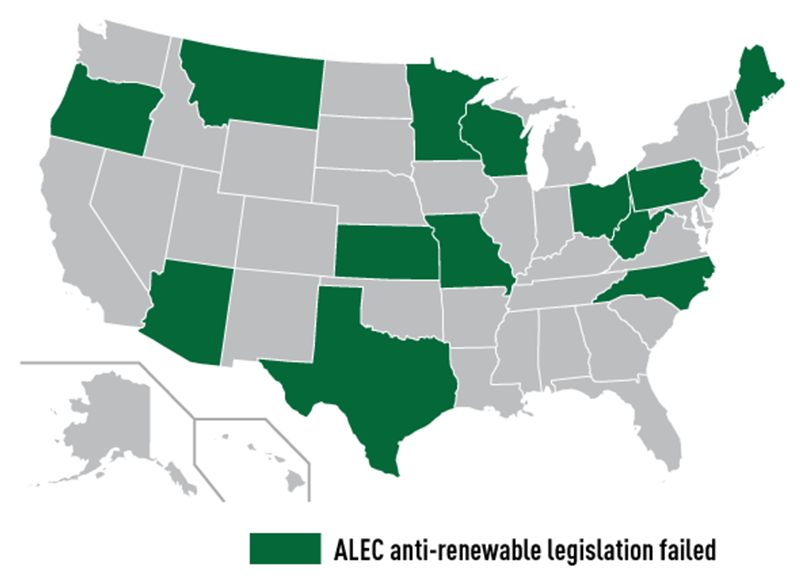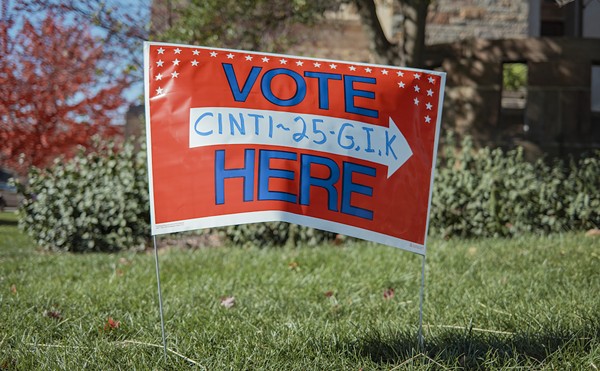State Sen. Bill Seitz says he’s working on a bill that would cap how much utilities can spend on energy efficiency programs and eliminate requirements for in-state wind and solar power. But the proposal isn’t completely unique to Ohio, which is just one of many states in which national conservative groups are working to weaken state energy standards.
Seitz, a Republican from Cincinnati, told
Gongwer
that his bill will keep requirements for utilities to provide 25 percent of their electricity from alternative sources and reduce customers’ consumption by 22 percent by 2025.But the other measures will likely weaken renewable energy and efficiency standards set by Ohio’s Clean Energy Law in 2008.
The bill is presumably the result of Seitz’s review of Ohio’s energy rules, which the state senator announced earlier in the year.
FirstEnergy, an Akron-based utility company, says the review is necessary because the regulations impose too many costs. But there’s another major group involved: the American Legislative Exchange Council (ALEC).
the board of directors of ALEC
, a conservative group that’s gone from state to state to push legislation that typically favors corporate interests.Some state officials, including Ohio House Speaker William Batchelder,
reportedly attended
ALEC
’s 40th annual meeting in Chicago Aug. 7-9.
Just a couple weeks after that meeting, Seitz announced he still intends to rework Ohio’s energy standards.
teamed up
with the Heartland Institute, a libertarian think tank that gets much of its funding from oil companies, to write the standard for legislation that pulls back state energy rules. Many of the effort’s backers, particularly at the Heartland Institute, deny man-made global warming, even thoughscientists are 95 percent certain climate change is influenced by human actions
.ALEC’s efforts have so far failed in every state in which legislation has been proposed, as shown in this map from
ThinkProgress
:But Ohio may be the first state to buck that trend if Seitz insists on pushing his review.
A report from advocacy group Environment Ohio found the current energy standards, which require Ohio utility companies get 12.5 percent of their energy needs from renewable sources, have successfully spurred
clean energy projects all around the state, particularly in Cincinnati.
One local example: The Cincinnati Zoo and Botanical Garden in 2011 installed solar panels in its parking lot that will generate enough electricity to meet 20 percent of the zoo
’s electricity needs and reduce pollution associated with global warming by 1,775 tons annually, according to the report.
But the standards are written in a way that favors in-state sources, which was supposed to ensure that at least half of the renewable energy development spurred by the Clean Energy Law happened in Ohio. A June 2013 ruling from the Seventh Circuit Court of Appeals indicated that the in-state preference is an unconstitutional violation of the Commerce Clause.
Seitz will introduce his bill in the next two weeks.






